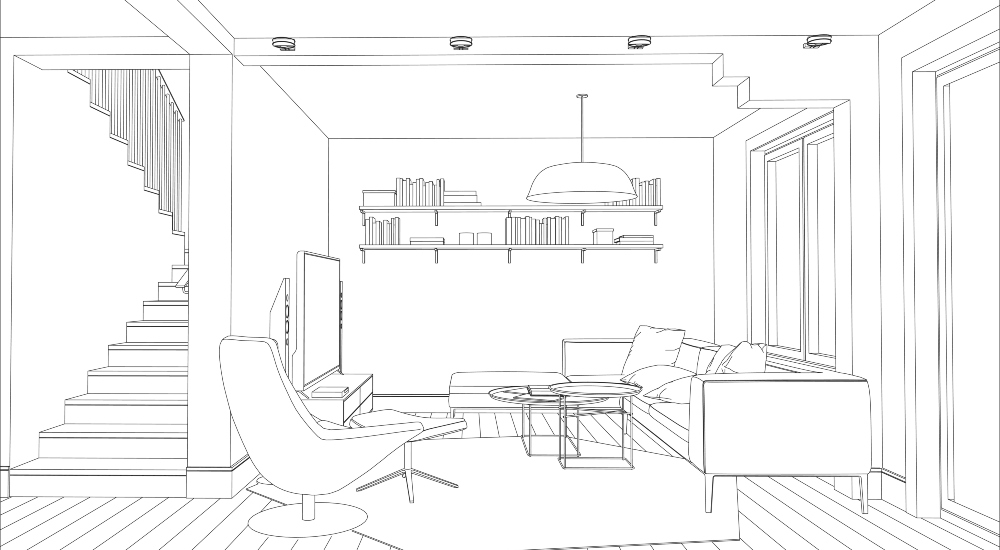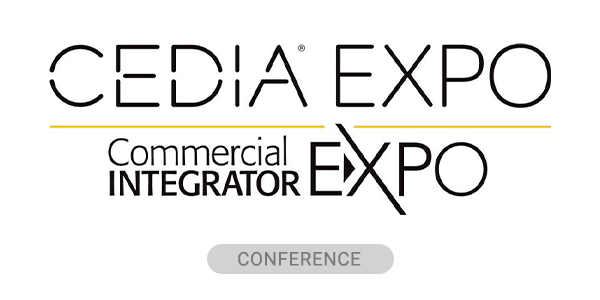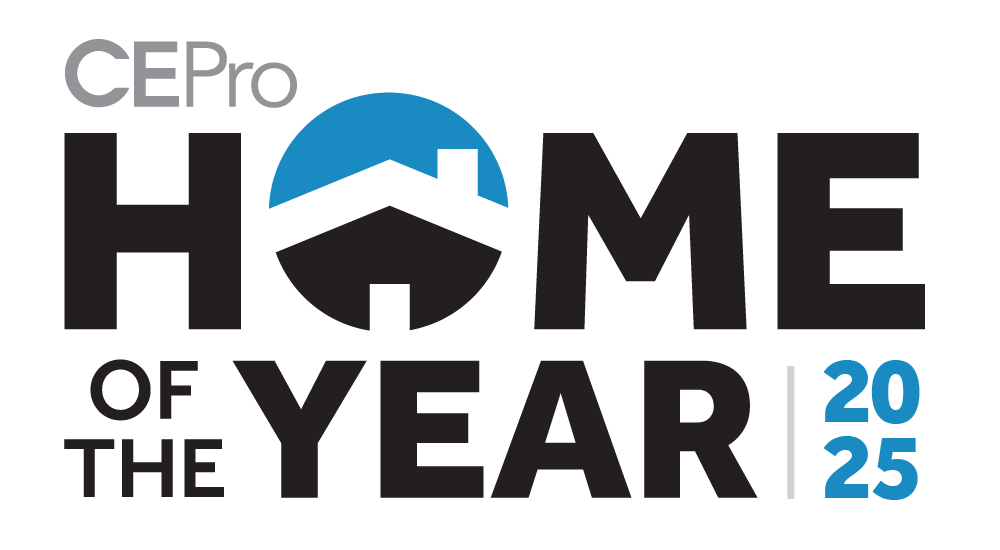For too long, technology in custom homes has been viewed as something “we’ll get to later” or “deal with after the fact,” that magically comes together in the final weeks of construction. However, at the highest level of design and construction, where architecture and interiors are celebrated, we need to elevate how we think about technology. It should be designed with the same thought, precision, and care as the cabinetry, furniture, lighting or tile layouts.
As a design-first technology integrator, I’ve come to believe that the most successful, seamless projects happen when the integrator is part of the design team from day one. Technology is no longer just about hanging TVs or wiring speakers—it’s about enhancing the environment without disrupting the vision. When integrated early, we can help deliver elevated, intentional, and effortlessly innovative spaces, unlike a mash-up of trades trying to make the best of a missed opportunity.
Design-First Technology Isn’t a Luxury. It’s the Standard.
At QAV, our philosophy is simple: Design comes first, then technology, never the other way around.
We work with architects, interior designers, and builders to ensure every solution complements the home’s aesthetic and function. That means early coordination—before framing, drywall, and even final electrical plans. Ideally, the design development phase is before construction documents and permits are issued because that’s when the magic happens.
Let me give you some real-world examples:
Speakers can be more than just black boxes on the floor or large discs on the ceiling. Small-aperture speakers can match downlights, invisible speakers disappear behind drywall, plaster, wallpaper, wood veneer, and leather. Marine-grade architectural solutions can seamlessly blend into custom finishes like T&G, stone, or steel. Brands like Sonance and James Loudspeaker allow us to specify the right product for the design, not force the design around the product.
Grilles can be laser-printed to match millwork, beams, or wallpaper patterns. We’ve embedded sound in showers, wood, stone, and even outdoor planters or landscape features—because when brought in early, we can coordinate with the design team to make it disappear.
Media Displays are no longer a compromise either. From custom-width soundbars wrapped in suede, leather, or metal by Leon and B&O, to handcrafted frames that transform Samsung Frame TVs into statement pieces, we ensure technology becomes part of the design language. MicroLED walls take it further, becoming digital canvases for art, ambiance, and entertainment. These can go wall-to-wall, floor-to-ceiling, or curve around architectural elements to display immersive visuals or digital renderings in previously impossible ways.
Lighting and shading are no longer purely functional—they’re part of the aesthetic. Whether it’s the tactile beauty of Basalte and Black Nova keypads or the timeless elegance of Crestron and Lutron, we ensure that control interfaces are a design element, not an eyesore. These solutions are available in finishes like bronze, aged brass, and leather—each chosen to complement the interior palette.
Even theater seating is no longer an afterthought. With brands like Cineak, we specify fully custom, handcrafted seating that blends into lounges, bars, media rooms, and speakeasies—bespoke furniture that happens to have motion, lumbar support, hidden storage, and integrated tech.
The Role of the Integrator Has Changed—And That’s a Good Thing
Here’s the real message I want design-build partners to hear: Everyone wins when you involve the technology consultant early. The home becomes more livable, the client gets more of what they didn’t know they wanted, and the craftsmanship shines brighter because every detail has been coordinated, not crammed in last-minute.
Technology is no longer just a scope of work to be managed—it’s an experience to be crafted. Like great architecture or interiors, it needs thought, vision, and teamwork to be done well.
Stop thinking of integration as something that gets plugged in at the end. Treat it like the art it is—an invisible layer of comfort, control, and expression that elevates every space it touches.
When technology is considered from the start, it doesn’t compete with the design—it completes it.
Tyson Rabani is Founder & CEO of Quality Audio Video in Centennial, Colo.







